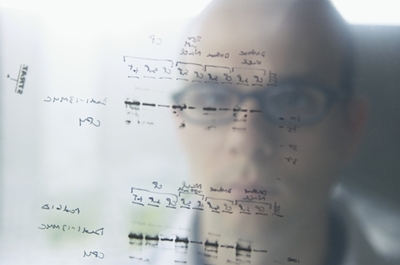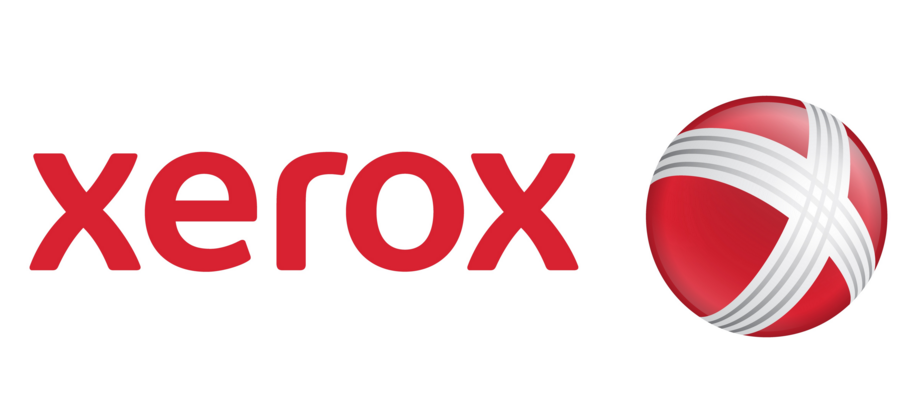NORWALK, Conn. — Today’s paper-intensive, home-financing process can seem old-fashioned to millennials and other borrowers accustomed to the effortless nature of today’s many digital services. While a paperless mortgage world remains a dream, an annual Xerox survey reveals an accelerated pace toward making it a possible reality.Three Key findings in the 11th annual Xerox Path to Paperless Survey pointing to a rapidly changing mortgage landscape include:
- Accelerated Paperless Delivery Adoption: About 78% of the mortgage professionals polled have technology in place for eDelivery of disclosures or other documents to borrowers — an increase of 15% from the past year.
- More Borrowers to Receive Documents Electronically: An overwhelming majority of respondents; 92% expect an increase in their use of eDelivery as a result of the TILA-RESPA Integrated Disclosures rule, helping offset closing delays as the industry adapts to the new regulation (only 15% cited a smooth implementation of TRID).
- eMortgage Optimism Rising: More than half of respondents (51%), compared to 33% the prior year, believe that half of all loans will be closed as eMortgages in four years or less.
“While completely digital mortgages are not yet the norm, our survey shows continued movement away from shuffling paper from one desk to another and toward online platforms that enhance communication between all parties at every stage of the loan,” said Jeffrey Nuckols, senior vice president of Xerox Financial Services. “The new regulatory effort to improve the mortgage process comes at a time ripe for engaging today’s borrowers who increasingly demand an interactive, digital experience.”
Additional survey findings supporting the path to paperless include:
- Millennial Engagement: With millennials representing the largest segment of recent homebuyers[1], the majority (51%) of respondents have applied new business strategies or introduced new technologies to appeal specifically to this tech-savvy generation (common ages 18 to 34). A social media presence (51%) and a consumer portal (43%) are the most popular implementations among respondents to attract millennials.
- Going Mobile:32% of respondents are leveraging smartphones and mobile tablets in their business transactions – doubling from 16% in 2014.
- Simplifying Signatures Remains Key: eAcknowledgment and eSignatures is considered “very important” by 61% of mortgage professionals – making it the top-rated feature in technology evaluations for the 2nd consecutive year. This feature allows borrowers to sign a virtual document and eliminates the need for lenders to tote and manually track paper documents.
Xerox’s BlitzDocs® intelligent, cloud-based network simplifies the mortgage process by integrating all parties involved throughout the loans lifecycle – from origination to closing to servicing. Its collaborative, paperless capabilities support the mortgage industry’s path to eMortgage adoption.
Complete results of the Path to Paperless Survey are available online herewww.xerox-xms.com. The blind, online survey was conducted within the US in October of 2015 on behalf of Xerox Mortgage Services and surveyed professionals who work in origination, servicing and other mortgage areas.


